
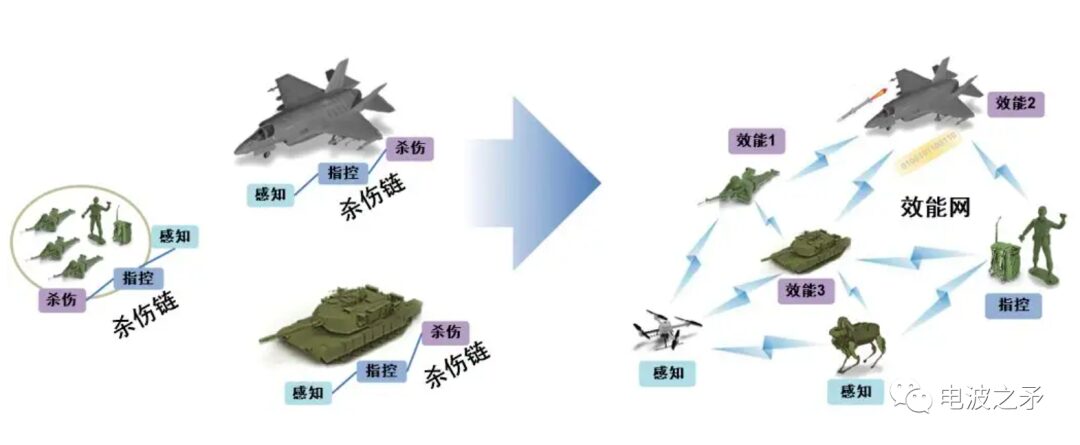
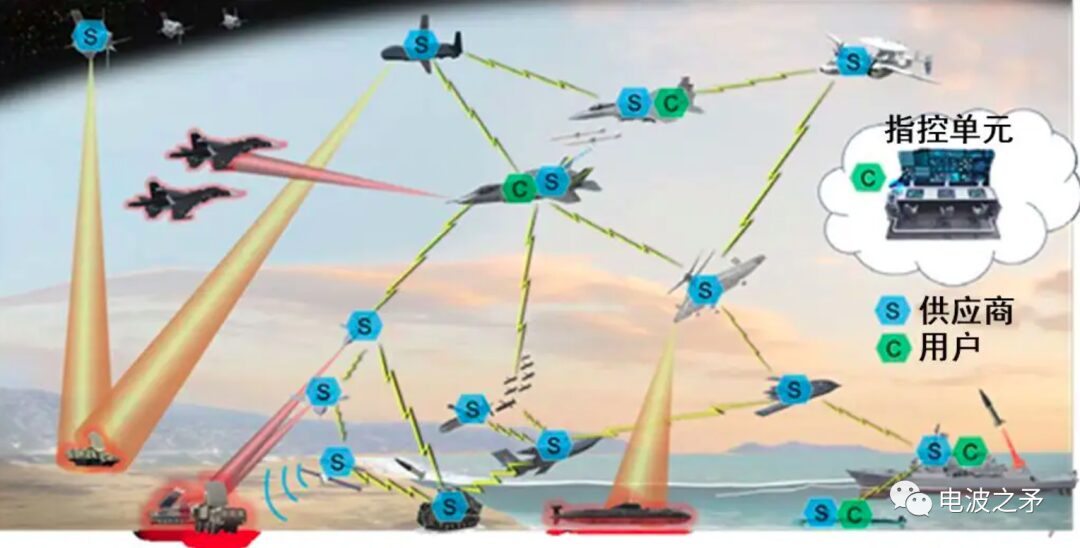
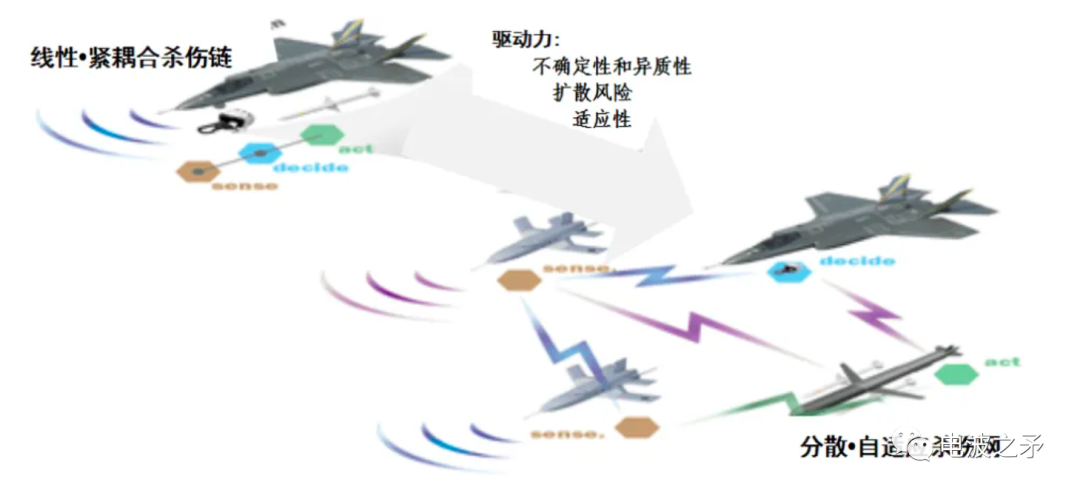
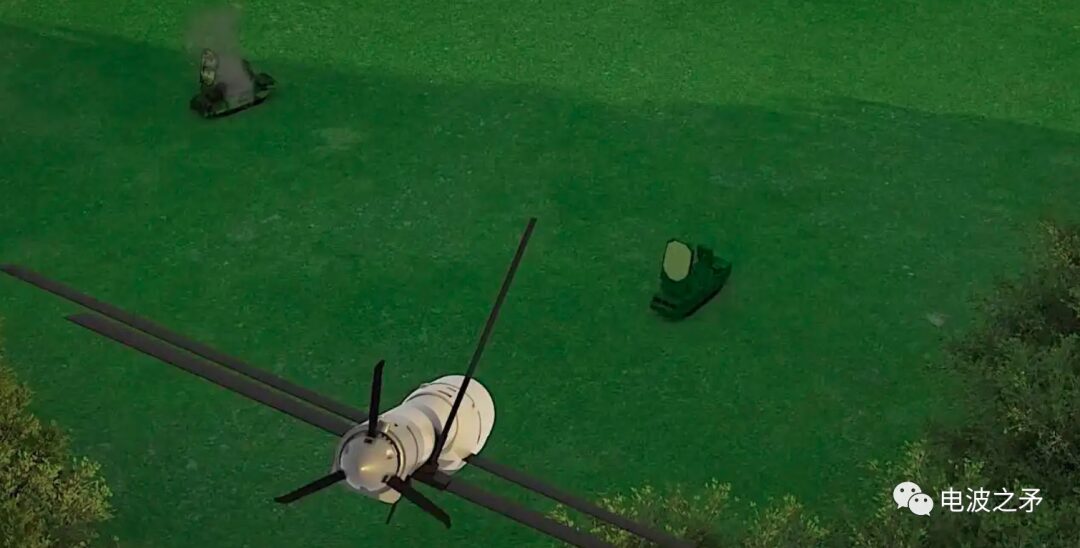



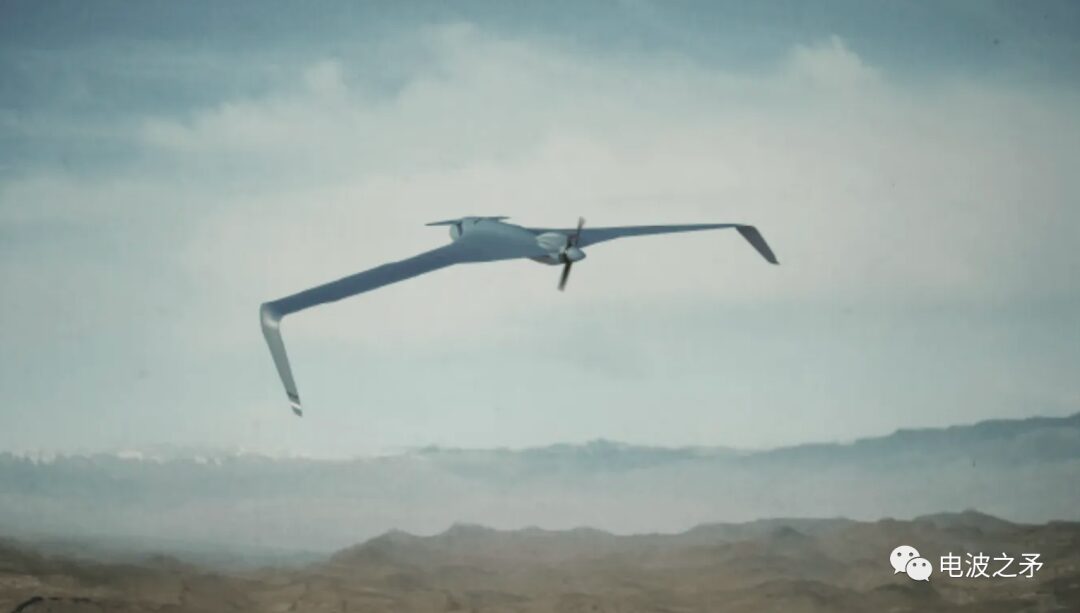

Follow the public account for more information
Membership application: Please reply “individual member” or “unit member” in the public account
Welcome to follow the media matrix of the China Command and Control Society

CICC Official Website

CICC Official WeChat Public Account

Official Website of the Journal of Command and Control

Official Website of the International Unmanned Systems Conference

Official Website of the China Command and Control Conference
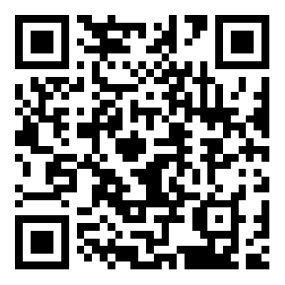
National Wargaming Competition
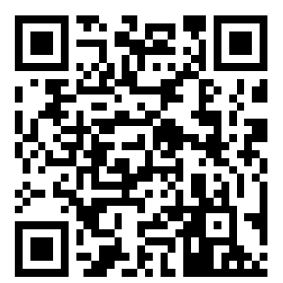
National Aerial Intelligent Gaming Competition

Sohu Account

Yidian Account